Airports are more than just travel hubs; they are architectural marvels that accommodate millions of travelers and handle tons of cargo every day. Some of the airports are big enough to cover extensive areas of land and function like small cities. In this blog, we will discuss the top 10 largest airports in the world based on surface area. Let’s dive into what makes these gigantic travel centers stand out. Read on to discover more about these expansive airports and their unique features.
Top 10 Largest Airport in the World 
Table of Contents
- King Fahd International Airport (DMM) - Saudi Arabia
- Denver International Airport (DEN) - United States
- Dallas/Fort Worth International Airport (DFW) - United States
- Orlando International Airport (MCO) - United States
- Beijing Daxing International Airport (PKX) - China
- George Bush Intercontinental Airport (IAH) - United States
- Shanghai Pudong International Airport (PVG) - China
- Cairo International Airport (CAI) - Egypt
- Suvarnabhumi Airport (BKK) - Thailand
- Paris Charles de Gaulle Airport (CDG) - France
Here is The List of Top 10 Largest Airports of The World:
| S.No. | Location | Architect | Area | Passenger Traffic | Opening Date |
| 1 | Dammam, Saudi Arabia | Yamasaki & Associates | 780 square kilometers | Around 10 million annually | 1999 |
| 2 | Denver, Colorado, USA | Fentress Architects | 135 square kilometers | Over 69 million annually | 1995 |
| 3 | Dallas, Fort Worth, USA | Fentress Architects | 70 square kilometers | Over 75 million annually | 1995 |
| 4 | Orlando, Florida, USA | C.T. Hsu + Associates, Inc. | 54 square kilometers | Over 50 million annually | 1981 |
| 5 | Beijing, China | Zaha Hadid Architects | 47 square kilometers | Around 25 million annually | 2019 |
| 6 | Houston, Texas, USA | Gensler | 44.5 square kilometers | Over 45 million annually | 1969 |
| 7 | Houston, Texas, USA | Gensler | 44.5 square kilometers | Over 76 million annually | 1969 |
| 8 | Cairo, Egypt | Dar Al-Handasah | 37 square kilometers | Over 15 million annually | 1945 |
| 9 | Bangkok, Thailand | Murphy/Jahn Architects | 32 square kilometers | Over 60 million annually | 2006 |
| 10 | Paris, France | Paul Andreu | 32 square kilometers | Over 76 million annually | 1974 |
King Fahd International Airport (DMM) - Saudi Arabia 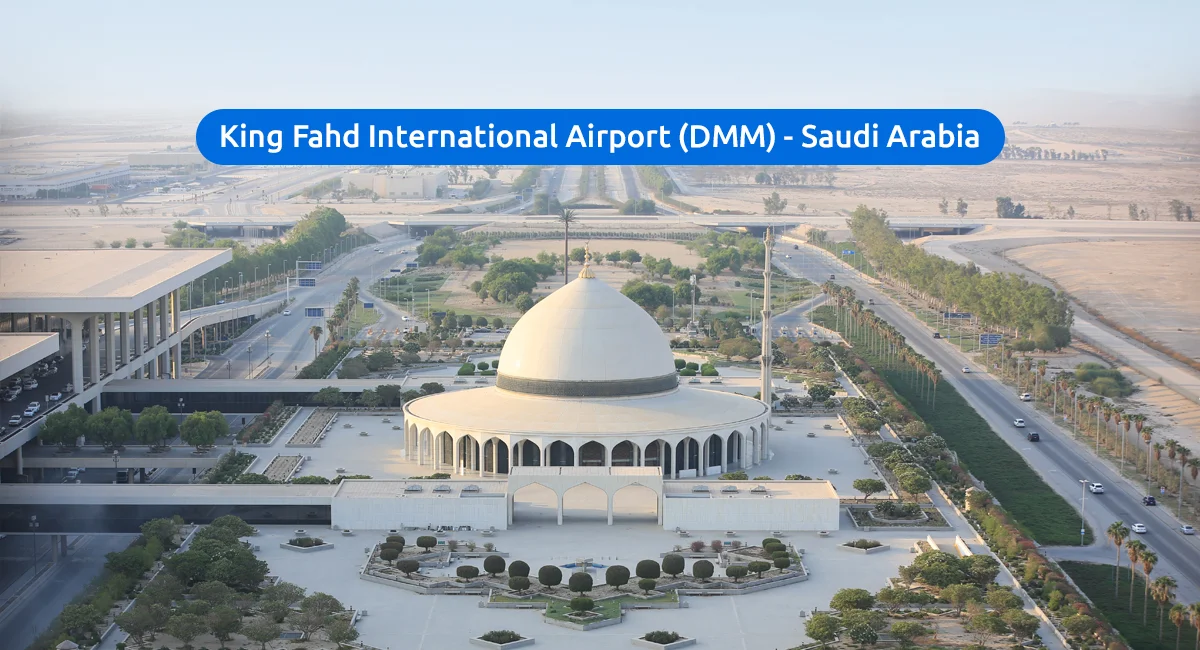
King Fahd International Airport usually tops the list of the top 10 biggest airports in the world. The major airport, located in Dammam, Saudi Arabia, spans about 780 square kilometers (301 square miles) in the area. It wouldn’t be wrong to compare this gigantic airport to a small city based on its size. One key fact about this airport is that it was named in honor of Saudi’s former king, Fahd ibn Abdulaziz.
Location: Dammam, Saudi Arabia
Architect: Yamasaki & Associates
Area: 780 square kilometers (301 square miles)
Passenger Traffic: Around 10 million annually
Opening Date: 1999
Key Features and Facilities:
- Amenities: King Fahd International Airport offers travelers a variety of amenities, including duty-free shops, luxurious lounges, restaurants, and even a mosque.
- Importance in the Middle East: This massive airport is a colossal gateway for both international and domestic flights from Saudi Arabia. It handles approximately 10 million passengers every year and is a pivotal base of Flynas and Flyadeal airlines of the nation.
Denver International Airport (DEN) - United States 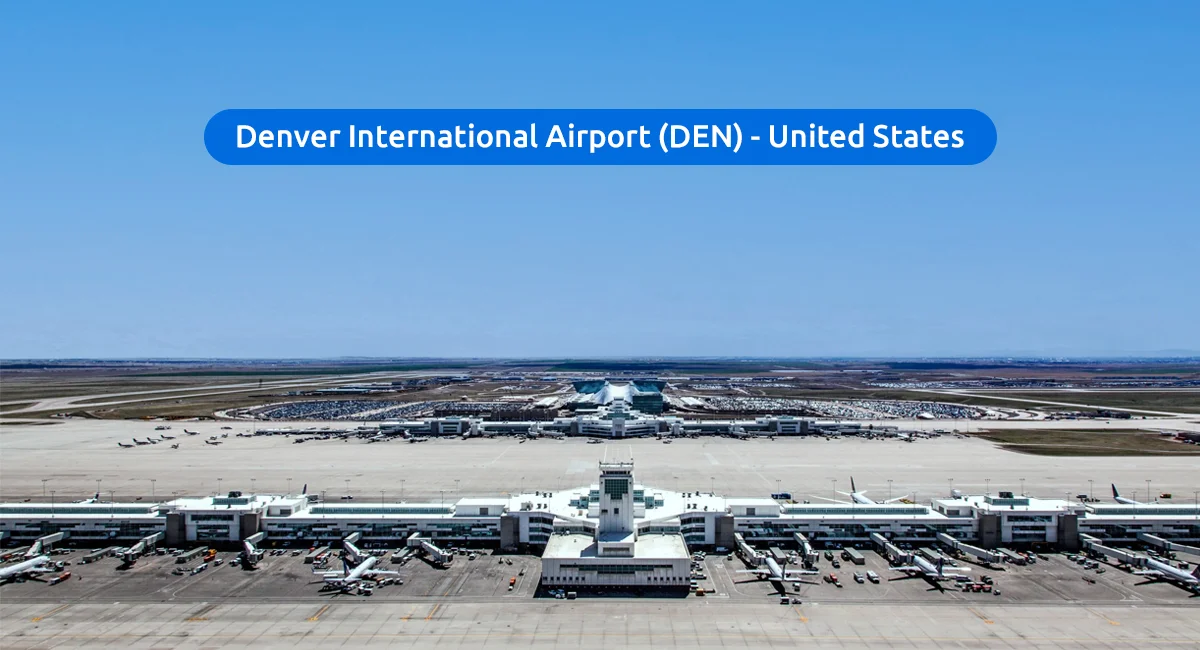
Another major airports that rank among the top 10 airports in the world by area is Denver International Airport in Denver, Colorado. It covers approximately 135 square kilometers (52.4 square miles). The airport is mainly recognized for its iconic tent-like roof that represents the Rocky Mountains just nearby.
Denver International Airport ranks high among the top 10 biggest airports in the world, covering approximately 135 square kilometers (52.4 square miles). Situated in Denver, Colorado, this airport is recognized for its iconic tent-like roof, which symbolizes the nearby Rocky Mountains.
Location: Denver, Colorado, USA
Architect: Fentress Architects
Area: 135 square kilometers (52.4 square miles)
Passenger Traffic: Over 69 million annually
Opening Date: 1995
Key Features and Facilities:
- Architectural Design: DEN has an iconic and unique design where its roof is more of a tent-like structure inspired by Rocky Montains. Other notable elements include amazing views, clerestory windows, underground infrastructure, and sustainable design.
- Wide Range of Services: The airport has many amenities and services, including free Wi-Fi, baggage services, dining options, shops, art exhibits, and even an on-site hotel.
Dallas/Fort Worth International Airport (DFW) - United States 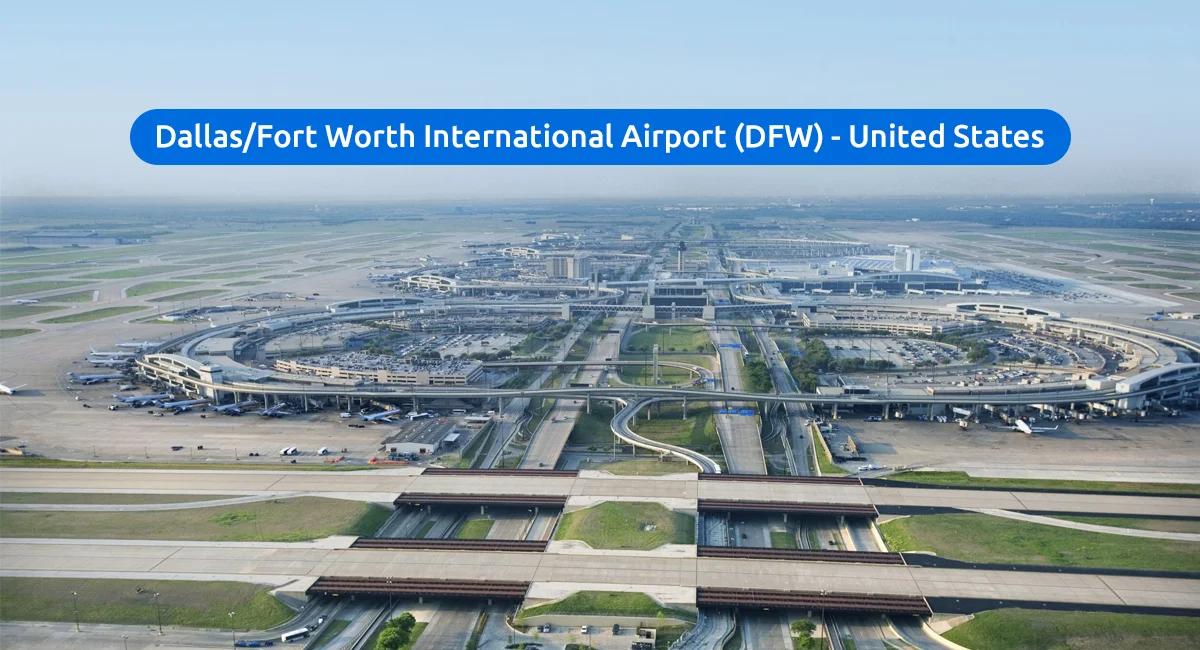
Dallas/Fort Worth International Airport has also earned its place in the list of 10 biggest airports in the world with its 70 square kilometers of area. The airport is located in Texas and serves as a major hub for American Airlines. You can find direct flights to numerous international and domestic airports from DFW.
Location: Dallas, Fort Worth, USA
Architect: Fentress Architects
Area: 70 square kilometers (27 square miles)
Passenger Traffic: Over 75 million annually
Opening Date: 1995
Key Features and Facilities:
- Extensive Terminal Network: The airport has five terminals, each designed to minimize walking distances and provide easy access to gates.
- Connectivity: DFW is known for its efficient ground transportation options, including shuttle services, rental cars, and public transit.
Orlando International Airport (MCO) - United States 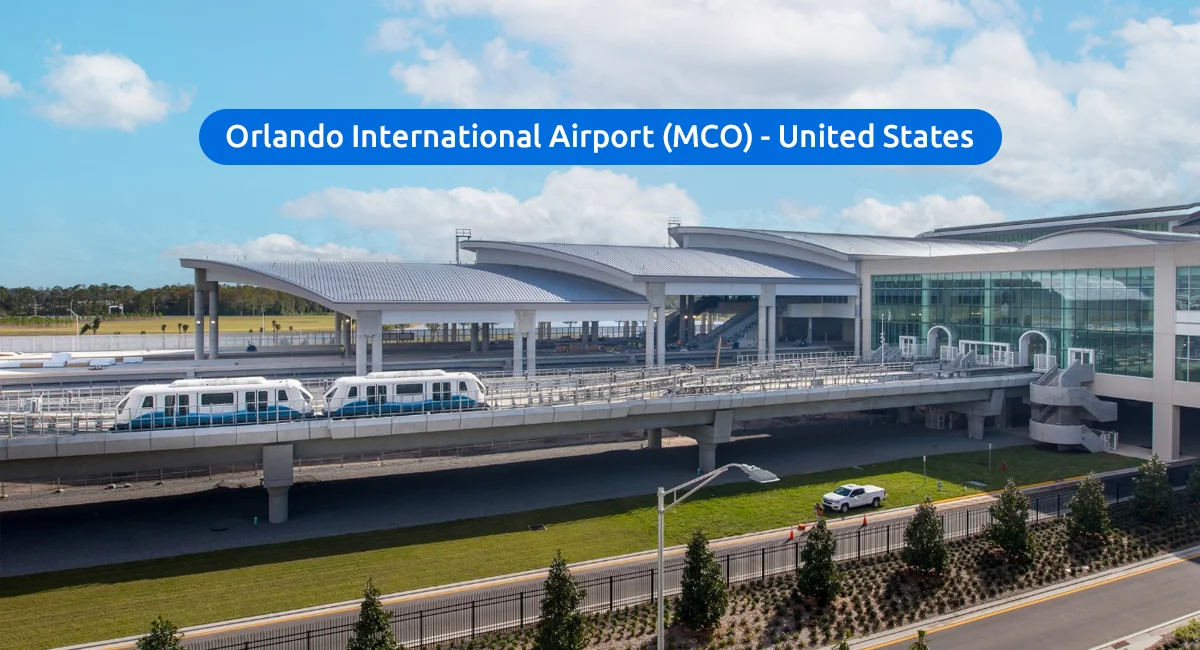
Orlando International Airport is another one of the largest airports in the world. Comprising an area of 54 square kilometers, it is a major entry point for tourists visiting the famous Florida theme parks. The airport has around 18,353 paved parking spaces
Location: Orlando, Florida, USA
Architect: C.T. Hsu + Associates, Inc.
Area: 54 square kilometers (21 square miles)
Passenger Traffic: Over 50 million annually
Opening Date: 1981
Key Features and Facilities:
- Tourist-Centric Services: Given its proximity to attractions like Walt Disney World and Universal Studios, the airport offers various child-friendly services to families and tourists.
- Airport Layout: The terminal design ensures easy access to ground transportation, parking, and airline check-in counters.
Beijing Daxing International Airport (PKX) - China 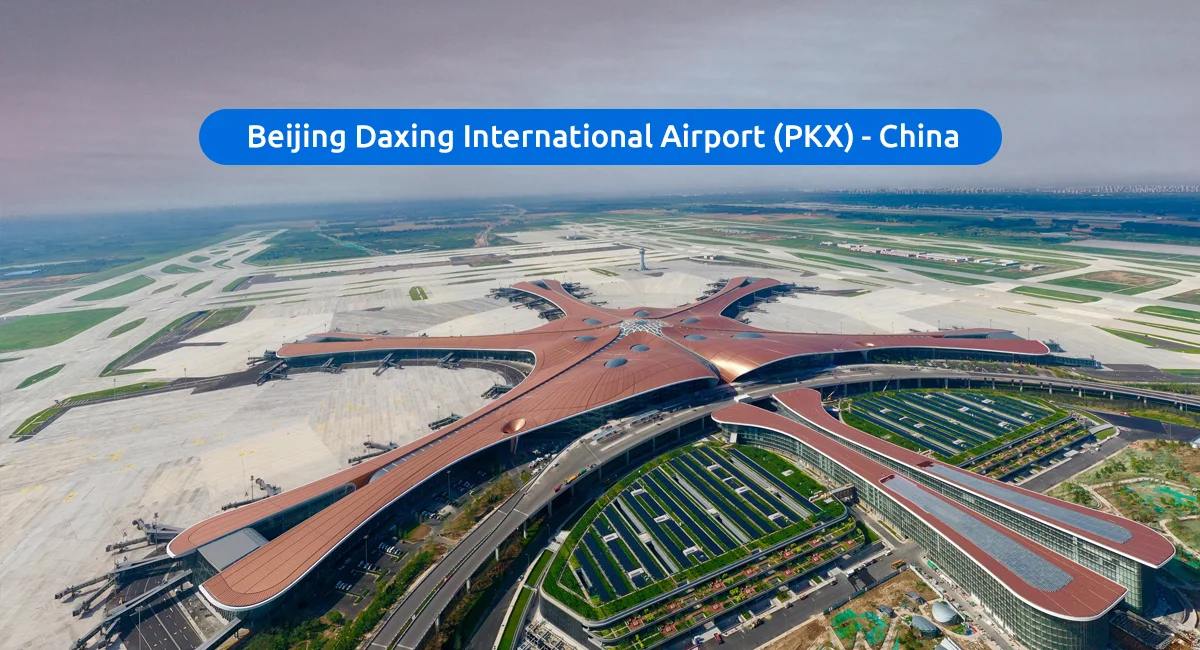
The main features of Beijing Daxing International Airport are the futuristic "Starfish"-shaped structure, 47 square kilometers in area. It is really a marvel of modern architecture and engineering. Designed by the famous architect Zaha Hadid, this cutting-edge hub merges innovation, efficiency, and aesthetics into one.
Location: Beijing, China
Architect: Zaha Hadid Architects
Area: 47 square kilometers (18 square miles)
Passenger Traffic: Around 25 million annually (and growing)
Opening Date: 2019
Key Features and Facilities:
- State-of-the-Art Design: The airport features a central terminal with five concourses radiating outwards, minimizing walking distances for passengers.
- Technological Innovations: Facial recognition, automated check-in, and smart baggage handling are some of the technologies used to enhance passenger convenience.
George Bush Intercontinental Airport (IAH) - United States 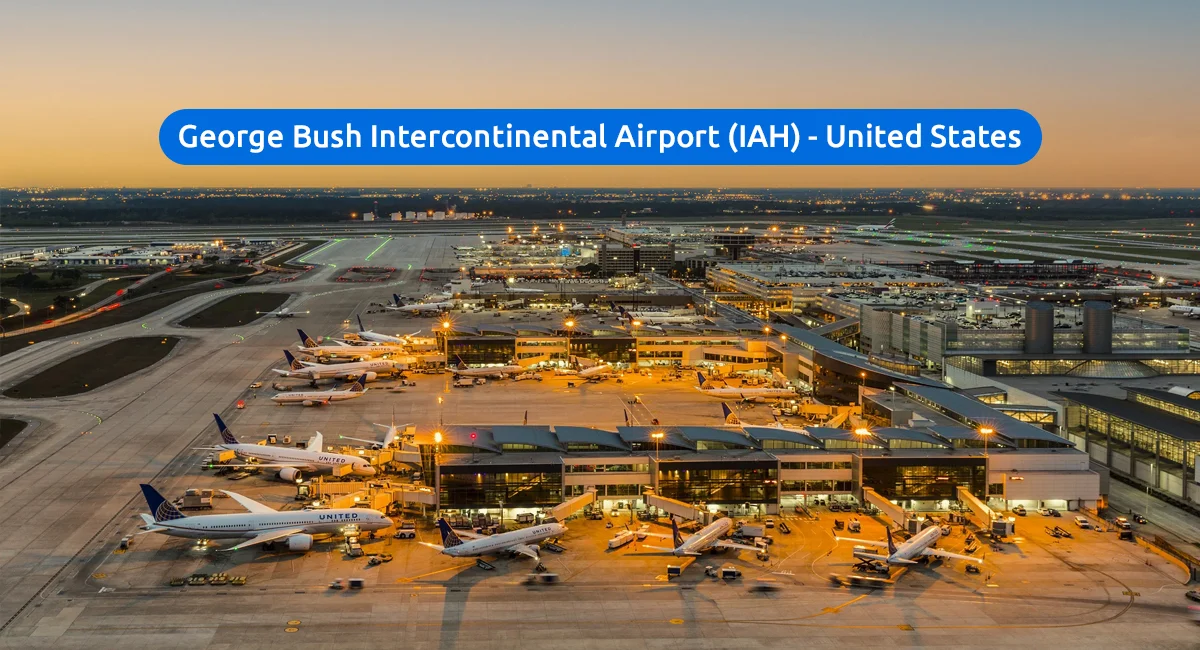
George Bush Intercontinental Airport serves as a major hub in the southern United States and connects many domestic and international routes. This airport of Houston measures 44.5 square kilometers and is known for its facilities, ranging from restaurants to lounges and shops. It is also an important center for cargo transport.
Location: Houston, Texas, USA
Architect: Gensler
Area: 44.5 square kilometers (17.2 square miles)
Opening Date: 1969
Passenger Traffic: Over 45 million annually
Key Features and Facilities:
- Cargo Hub: The airport is a major center for cargo operations, handling millions of tons of freight annually.
- Modern Amenities: Travelers can enjoy various amenities, including premium lounges, retail shops, and diverse dining options.
Shanghai Pudong International Airport (PVG) – China 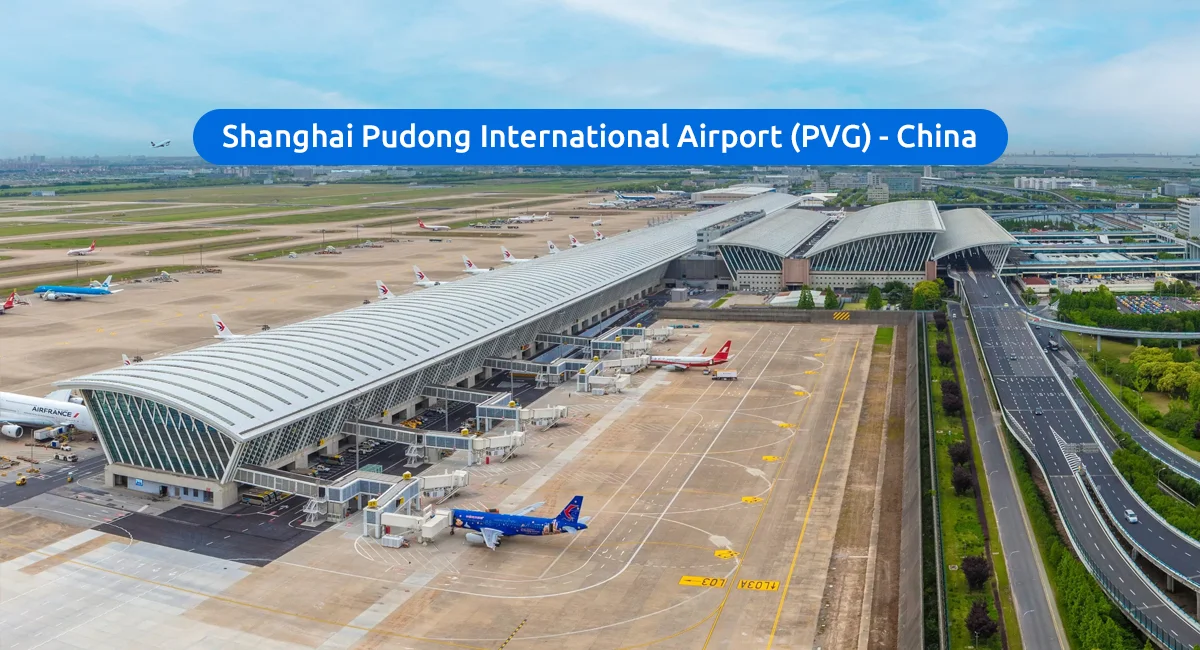
Shanghai Pudong International Airport is one of the busiest in China, enjoying extensive passenger and cargo traffic. It covers an area of 39 square kilometers and is equipped with state-of-the-art infrastructure comprising two passenger terminals and three runways. The airport expands all the time with the addition of a new terminal or more facilities since the travel industry gains immense demand.
Location: Houston, Texas, USA
Architect: Gensler
Area: 44.5 square kilometers (17.2 square miles)
Passenger Traffic: Over 76 million annually
Opening Date: 1969
Key Features and Facilities:
- Cargo and Passenger Terminals: The airport is a global hub for cargo handling, as well as passenger traffic.
- Future Expansion Plans: Shanghai Pudong has ongoing expansion projects, aiming to accommodate even more passengers in the coming years.
Cairo International Airport (CAI) – Egypt 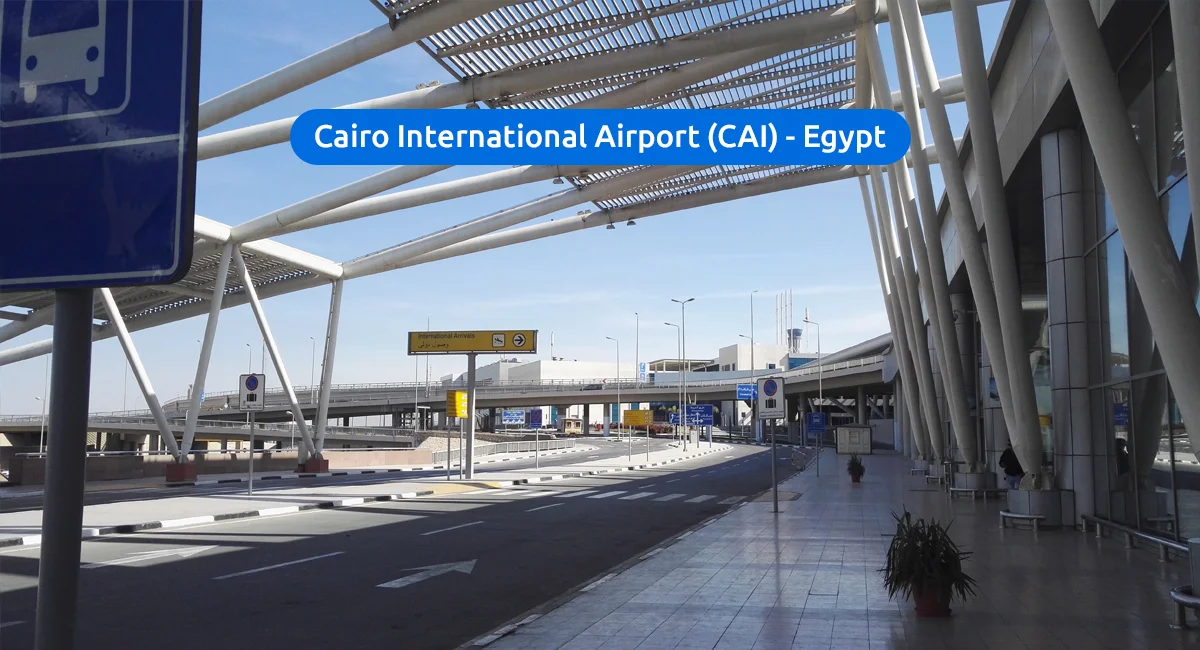
Cairo International Airport is the largest and busiest on the African continent. Lying on an area of 37 square kilometers, it is a major entry and exit point in and out of the continent for thousands of travelers. There are three big terminals that have many services, from duty-free shopping to fine dining with lounges that take care of your business.
Location: Cairo, Egypt
Architect: Dar Al-Handasah
Area: 37 square kilometers (14 square miles)
Passenger Traffic: Over 15 million annually
Opening Date: 1945
Key Features and Facilities:
- Terminals and Passenger Services: The airport has three terminals, with amenities including duty-free shops, restaurants, and lounges.
- Role in African Aviation: It serves as a key hub for flights across Africa, Europe, and the Middle East.
Suvarnabhumi Airport (BKK) – Thailand 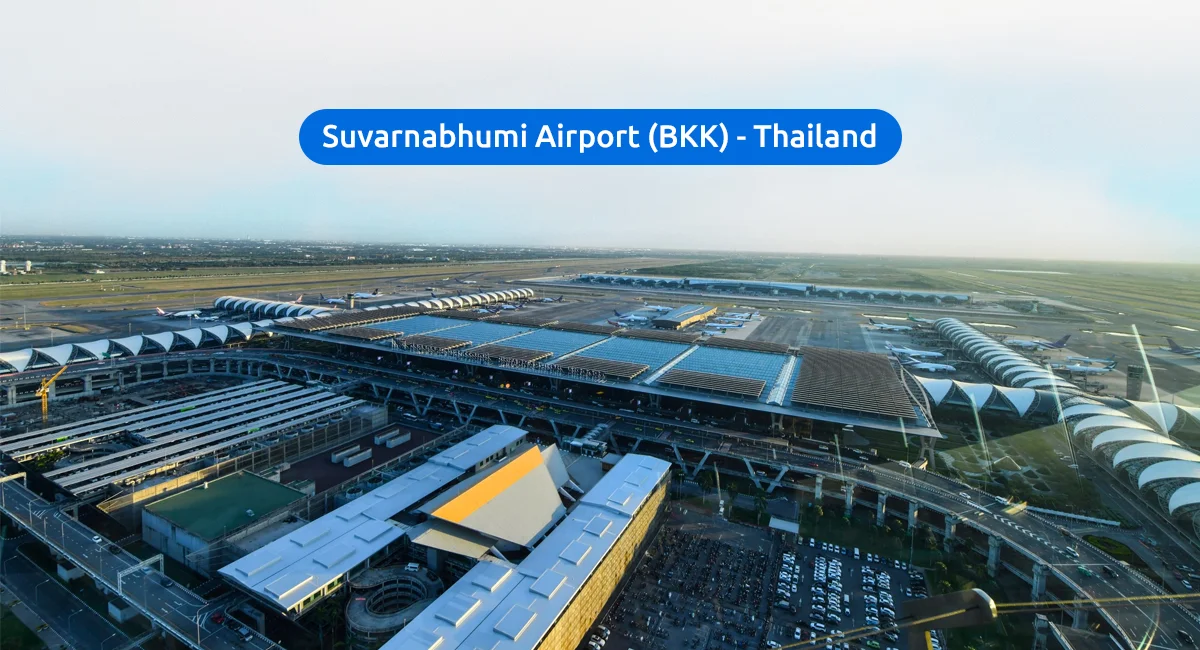
Suvarnabhumi Airport is one of the greatest aviation facilities in Southeast Asia and is located in Bangkok. Measuring 32 square kilometers, it is renowned for its luxurious amenities coupled with highly advanced technological facilities. The airport comprises one passenger terminal, which is one of the largest passenger terminals in the world. BKK can handle millions of passengers from around the globe.
Location: Bangkok, Thailand
Architect: Murphy/Jahn Architects
Area: 32 square kilometers (12 square miles)
Passenger Traffic: Over 60 million annually
Opening Date: 2006
Key Features and Facilities:
- Luxury Amenities: The airport boasts premium lounges, luxury shopping, and fine dining options.
- Design and Layout: The airport’s terminals are designed to provide a smooth travel experience, with efficient passenger flow and quick access to services.
Paris Charles de Gaulle Airport (CDG) – France 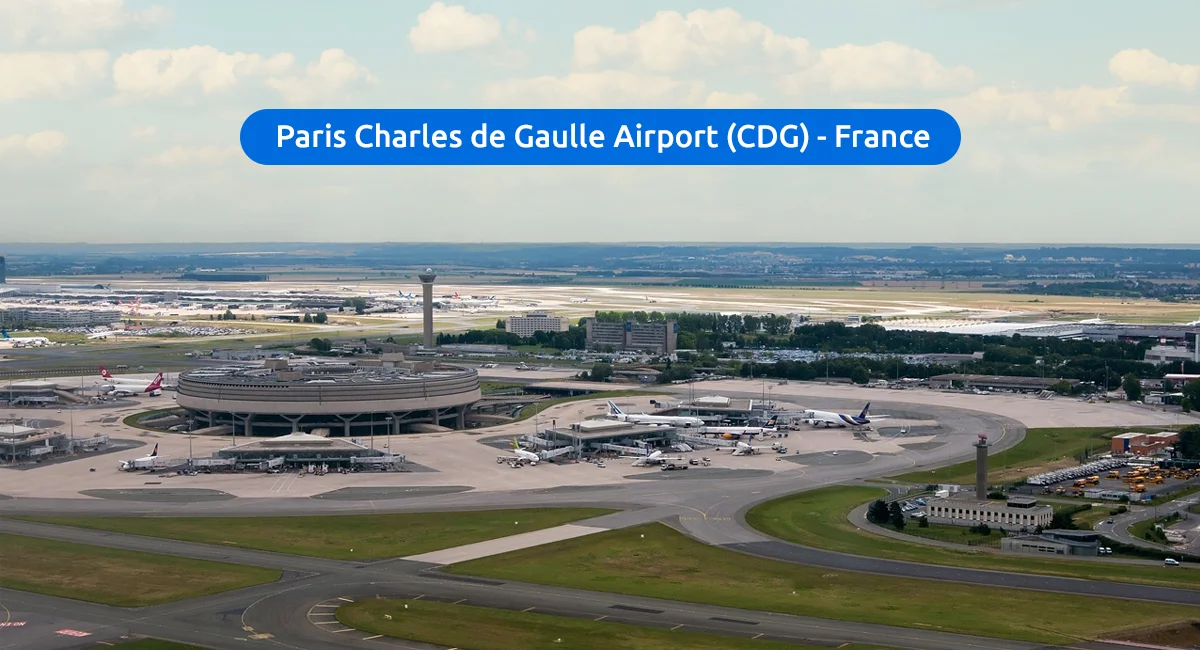
The Paris Charles de Gaulle Airport is one of Europe's busiest airports. It is also one of the biggest airports, measured by land area at 32 square kilometers. It is a major entry point to France and Europe, considering it has various connections with most international destinations. An all-inclusive travel experience, the airport offers several terminals with comprehensive shopping and excellent dining options.
Location: Paris, France
Architect: Paul Andreu
Area: 32 square kilometers (12 square miles)
Passenger Traffic: Over 76 million annually
Opening Date: 1974
Key Features and Facilities:
- Extensive Terminal Services: The airport offers a wide range of shopping, dining, and luxury lounges.
- Major European Hub: It connects Europe to destinations around the world, serving as a primary hub for Air France.
The world’s biggest airports are not just massive in size but play a crucial role in global travel and cargo operations. The world’s biggest airports are not just massive in size but play a crucial role in global travel and cargo operations. As the demand for air travel increases, these airports will continue to grow and improve. Regardless of why you are flying- these hubs offer a glimpse into the future of travel. So, why wait? Book your next adventure from these airports and start your trip. Do not forget to ping FlyTripHub for an easy and enjoyable journey!
Read More: International Airports Near Me
Frequently Asked Questions
Q.1 What Are the Top 10 Biggest Airports in the World
- King Fahd International Airport
- Denver International Airport
- Dallas/Fort Worth International Airport
- Orlando International Airport
- Beijing Daxing International Airport
- George Bush Intercontinental Airport
- Shanghai Pudong International Airport
- Cairo International Airport (CAI) – Egypt
- Suvarnabhumi Airport (BKK) – Thailand
- Paris Charles de Gaulle Airport (CDG) – France
- What Are the Top 10 Biggest Airports in the World?
Q.2 What is the largest airport in the world by land area?
A: The largest airport in the world by land area is King Fahd International Airport (DMM) in Saudi Arabia, covering an area of 780 square kilometers (301 square miles).
Q.3 What is the largest airport in the United States?
A: Denver International Airport (DEN) is the largest airport in the United States by land area, covering 135 square kilometers (52.4 square miles).
Q.4: What is the newest airport among the top 10 biggest airports?
A: The newest airport among the top 10 is Beijing Daxing International Airport (PKX) in China, which opened in 2019.
Q.5: What airport has the most international destinations?
A: Dubai International Airport (DXB) and Heathrow Airport (LHR) are known for having a large number of international destinations. However, these airports are not the largest by land area.
Q.6: Why are some airports so large?
A: Large airports accommodate more runways, terminals, and facilities to handle high passenger traffic, cargo operations, and future expansion. They often serve as major hubs for connecting flights worldwide.
Recent Posts
-
Delta Airlines Flight Cancellation Policy- Cancel Flights
-
United Airlines Delayed Flight Compensation Policy
-
How Do Low Fare Calendars and Free Baggage Save You?
-
How to Avoid Flight Cancellations and Travel Smoothly?
-
Frontier Airlines Group Travel Booking Guide
-
Sun Country Airlines Seat Selection & Booking Guide
-
Find & Book Qatar Airways Multi-City Flights
-
Air Canada Seat Selection & Booking Guide